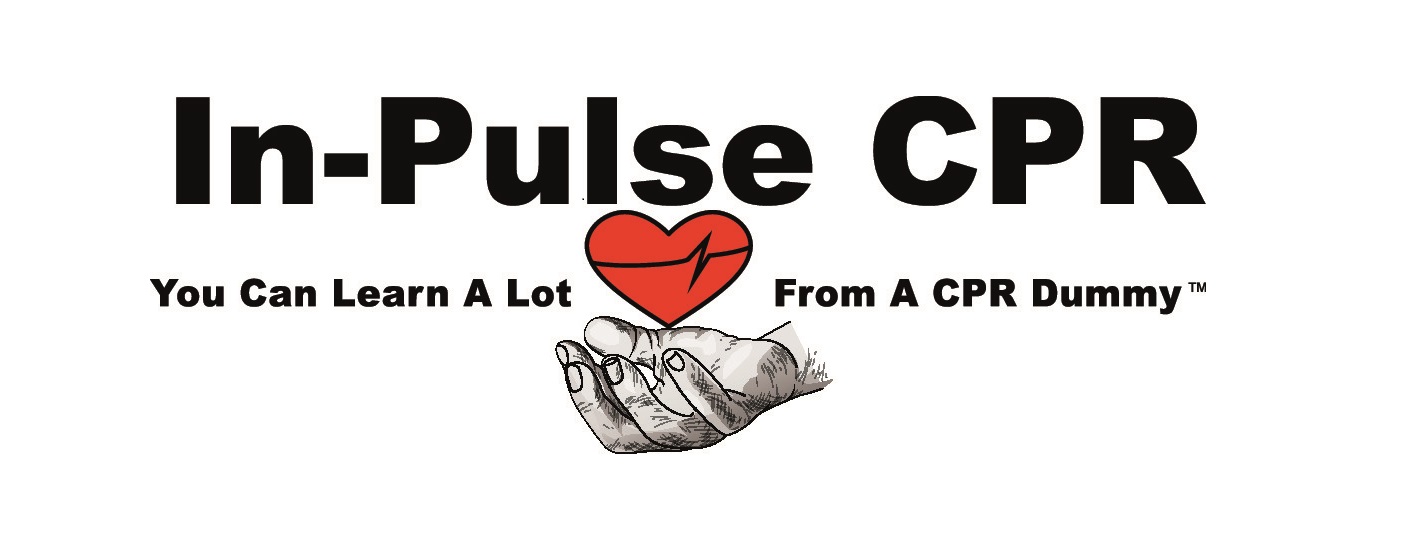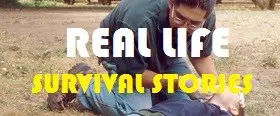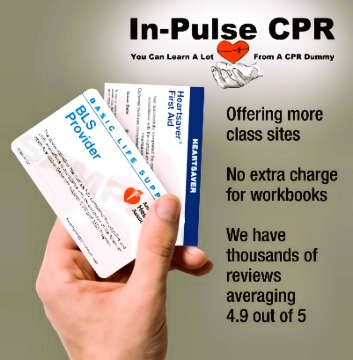In-Pulse CPR is now offering multiple CPR training classes in central Pennsylvania
CPR training classes now available at multiple locations near Harrisburg, the capital of PA
Online PR News – 16-September-2010 – In-Pulse CPR is now offering first aid and cardiopulmonary resuscitation classes at 6 locations in the Harrisburg Pennsylvania metro area for both community and health care professionals.
Class locations include: Harrisburg, Reading, York, Gettysburg, Hershey, and Lancaster. More locations are planned to be added over the next year.
“Currently In-Pulse CPR offers the four most requested American Heart certifications people ask for.” says Troy Bowman. Troy is the business manager for In-Pulse CPR. These certifications include Heartsaver CPR or Heartsaver CPR with AED. These courses teaches basic CPR to laymen. Layman include non medical employees such as day care staff, warehouse workers, babysitters, boy/girl scout leaders, grandparents, etc. Heartsaver First Aid is often taught along side the CPR certification and is taught to effectively recognize and treat adult, child and infant emergencies in the first 7 to 10 critical minutes before emergency help arrives. First Aid is primarily taken by daycare providers and office workers. “Our most popular certification” Bowman says, “is our BLS for Healthcare workers”. BLS stand for Basic Life Support and is for health-care professionals including nurses, dental assistants or anyone who has a health related degree. The course teaches CPR skills to help health-care workers deal with cardiac arrest, choking, and heart attack for all ages. Most nurses, EMT’s. dental workers, and nursing students are required to get “CPR Certified” by a qualified program such as through the American Heart. In-Pulse CPR is now offering Bloodborne Pathogens training. This course is for any non medical employee who could ‘reasonably encounter bloodborne pathogens within their daily job responsibilities. This is an OSHA approved course.
Students successfully completing most courses receive a two-year certification from the American Heart Association. The fee for each course varies. Registration can be completed online by visiting the company’s web site inpulsecpr.com.com/pennsylvania or by contacting them via phone at 717-585-6962.
###





